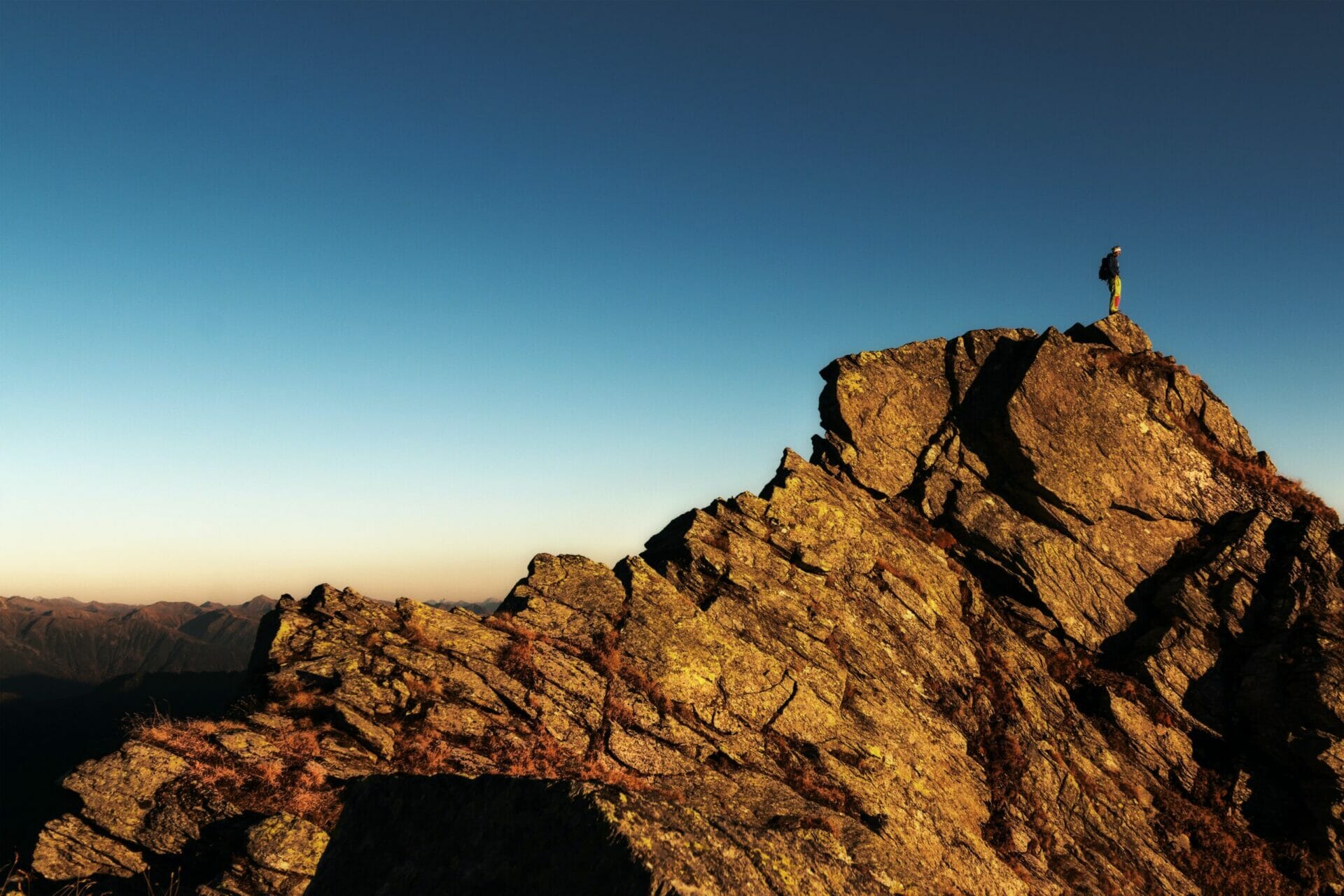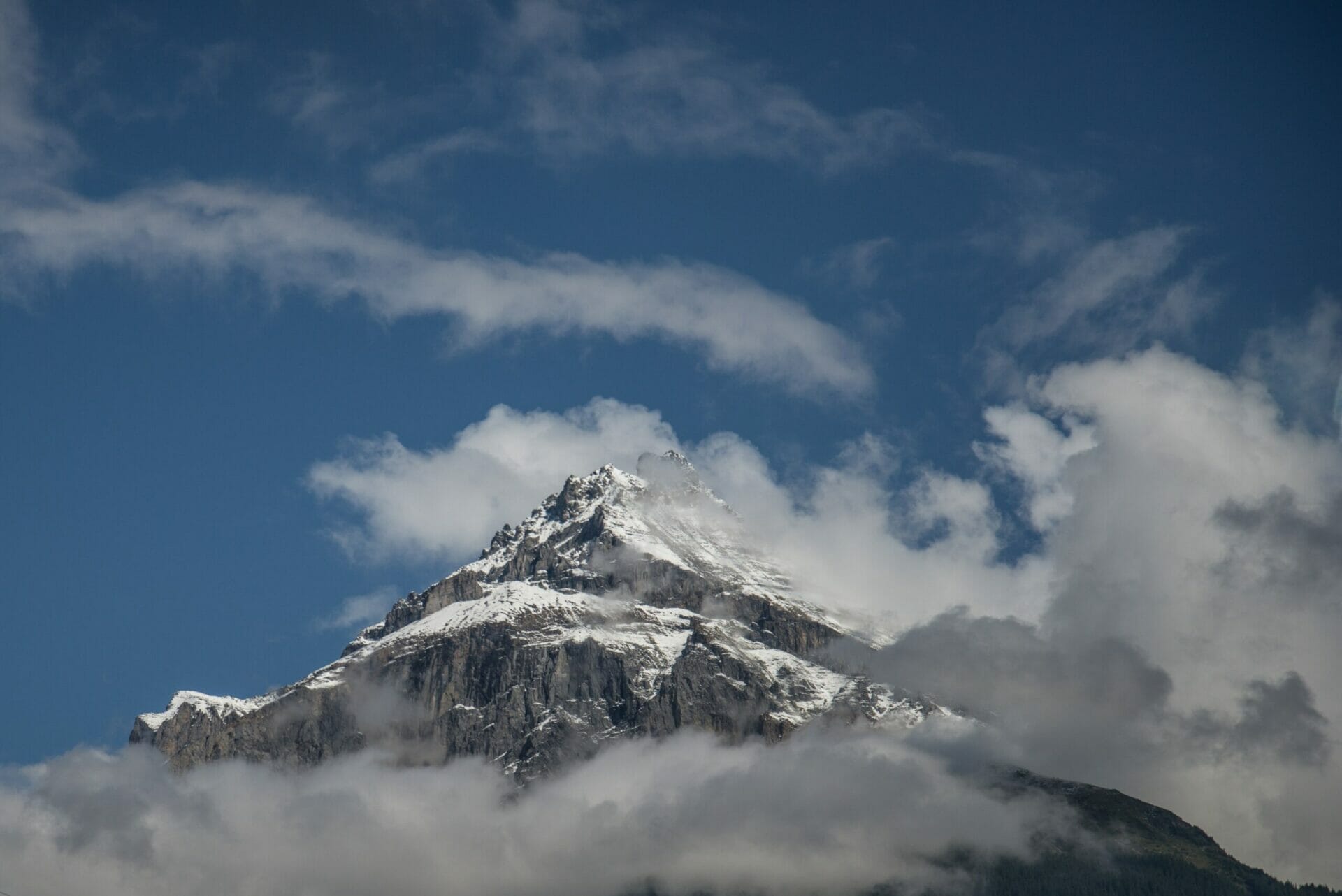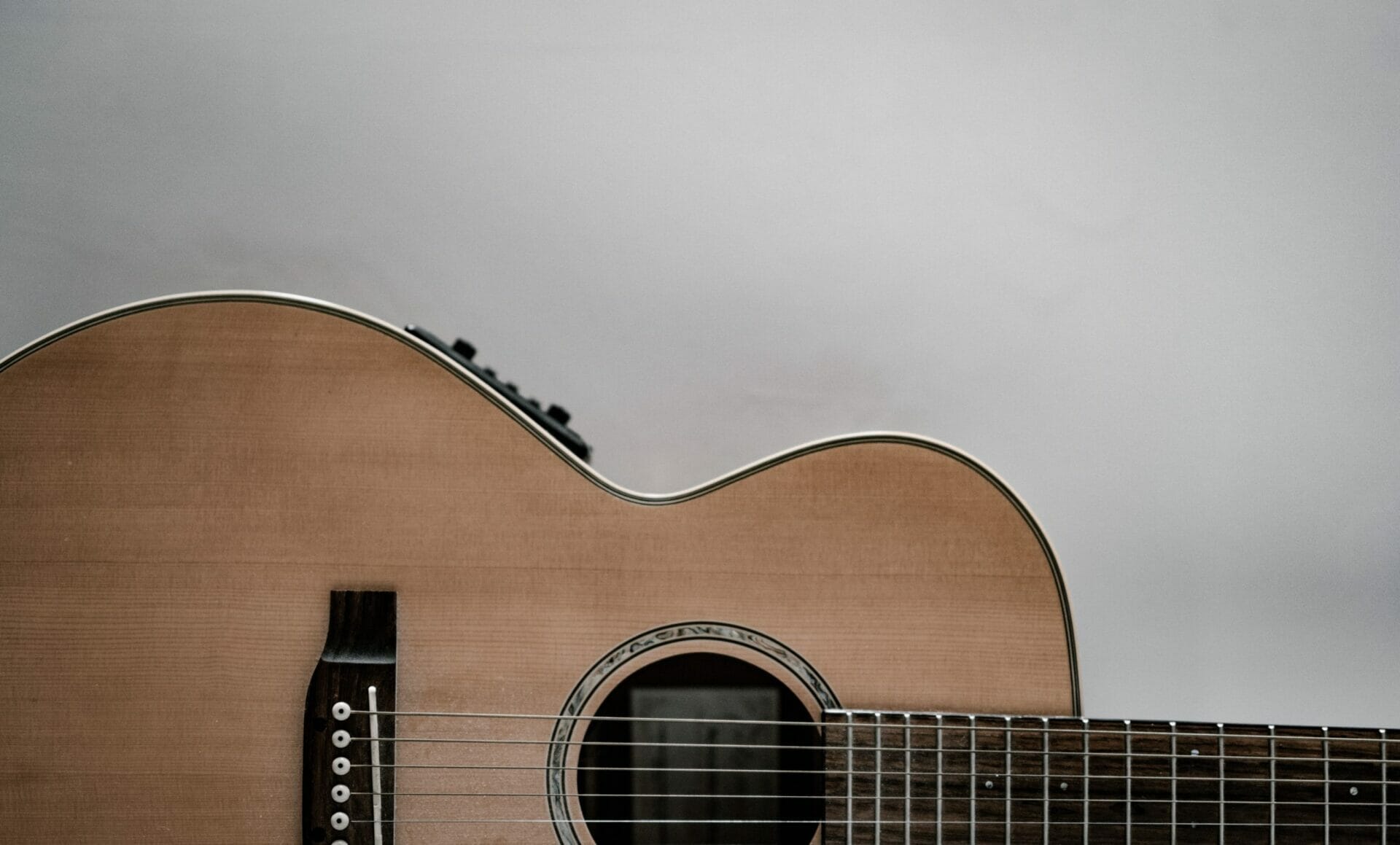
The Eight Mountains | A Legendary Friendship
Year
Runtime
Cinematographer
Production Designer
Music by
Format
Genre
Subgenre
According to a Nepalese legend, the world is formed by eight mountains, surrounded by eight oceans, with the highest mountain in the middle. Some people are born to be wanderers around the eight mountains, while others are born to climb the highest one. Pietro (Luca Marinelli) and Bruno (Alessandro Borghi) embody these two types of human beings. But despite their many differences, the protagonists of The Eight Mountains (Le Otto Montagne) share a legendary friendship that transcends time.
Based on the award-winning novel of the same name by Italian author Paolo Cognetti, the movie is directed by Belgian directors Felix van Groeningen and Charlotte Vandermeersch. It premiered in 2022 and in competition at the 75th Cannes Film Festival, it won the Jury Prize.
The time of lightness
Pietro and Bruno first meet as children in Grana, a small village in the Alps of the Aosta Valley, west of Turin, and become instant friends. Pietro lives in Turin, but his parents Giovanni (Filippo Timi) and Francesca (Elena Lietti) rent a house in the Val d’Aosta for the summer. His father is a passionate mountaineer and soon starts taking Pietro with him. Bruno, on the other hand, was born and raised in the mountains: he is the last child of the village. Together they explore the meadows, play in the river, and Bruno teaches Pietro his dialect and how they live as shepherds. They meet every year during the warm months, which Pietro defines as “the time of lightness”, far from the city, where he feels free. Bruno, however, soon starts working. The two friends then don’t see each other for several years until they meet in the village bar as teenagers. But they barely say hello.
It is only in their early adulthood that their friendship regains strength and becomes deeper and deeper. Pietro and Bruno often live apart, but when they meet it’s as if they had always been together. Life has brought them to opposite sides of the universe, but time spent in the mountains always brings them together. For Bruno, it’s the only place he can imagine living. For Pietro, it is a place to discover who he is. And for both, the place of true friendship.
Different climbs, different existences
I didn’t expect to find a friend like Bruno in my life. Nor that friendship was a place where you put down your roots, that remains waiting for you.
Pietro (Luca Marinelli)
From the very beginning, The Eight Mountains places friendship at the center of the narrative. Even though Pietro and Bruno don’t speak to each other for years, it doesn’t take long for them to rediscover their bond. Majestic and brutal, untameable and solid, untouched by time, their friendship is like the high mountains. A refuge to return to year after year and whenever needed.
This kind of friendship is built on facts and gestures, not promises. Similarly, the mountains in the movie are something very concrete. They are not “nature” or “wilderness”, as people from the city would call them. They are peaks, meadows, rivers, and rocks; they are something that can be perceived. Far from being just a backdrop, the mountains are three-dimensional characters with many facets. The Alps become the real protagonists of the story of Pietro and Bruno.
However, many other themes revolve around them. The relationship between father and son also plays an important role. Pietro soon understands that his father, Giovanni, becomes a completely different person in Grana, his “father of the mountains”. But when they’re not climbing, this man is a stranger to his son. When Pietro grows up and doesn’t go hiking with his father anymore, their relationship falls apart. A chasm separates them, because Giovanni could not understand that his desires and those of his son are not the same.
Much like in Captain Fantastic, it is only after the breaking point that they slowly rediscover each other. Pietro later realizes that Giovanni has become a father to Bruno over the years. But only after his death does Pietro begin to understand his relative, somewhat like the protagonist of Philip Roth‘s American Pastoral. And although the man never explained it, Pietro believes that the “Barma” (an old alpine hut) his father left him was meant to restore his friendship with Bruno.
The ascent to the movie
Van Groeningen and Vandermeersch teamed up again to work with Cognetti after The Broken Circle Breakdown. They wrote the first script during the COVID-19 lockdown and wanted the movie to reflect how the story allowed them to travel when they could not. Variety reports that the novel spoke to Van Groeningen in a very personal way. He felt very moved by the story and wanted the movie to be as real as possible.
We built a house at 2,000 meters of altitude; and we went on a glacier. It wasn’t always easy, but it was what we felt was necessary for this movie.
Director Felix van Groeningen in an interview with Variety
After the pandemic, they traveled to the Aosta Valley to meet the author. Cognetti, for his part, was a little apprehensive about the personal relationship he would be able to establish with the directors. However, as they climbed together, they overcame any possible fears and ended up with a faithful adaptation. The original work plays an important role in the movie, as some sentences are the same. In addition, the use of voice-over reflects the primacy of Pietro’s point of view, echoing the literary first-person narrator.
The soundtrack, composed by Swedish songwriter Daniel Norgren, enhances the emotional aspect of the story. Music that seems to be carved in the mountains alternates with nostalgic songs that recall both the protagonists’ past and their friendship.
In search of the summit
In an interview with AFC, cinematographer Ruben Impens recalls the technical difficulties they faced because they were not shooting in a city, and how the time they spent scouting gave rhythm to the whole work. They also had to take into account the seasons and weather, as well as the time needed to reach each location. Van Groeningen followed the pre-production phase, while Vandermeersch was very present on the set, working with the actors. She is responsible for the more dreamy vein of the movie. Cognetti spent a lot of time on the set, guiding the actors and crew, as he was a “mountain spirit”.
As film critic Peter Bradshaw points out in his review for The Guardian, there are some similarities between The Eight Mountains and Brokeback Mountain, both from a technical and narrative standpoint. In Ang Lee‘s movie, the aspect ratio gives extreme power to the astonishing images of the mountains, emphasizing the vertical sides and rises. Impens made an even more extreme choice, opting for a 4:3 aspect ratio. He structures the entire movie by keeping the characters in the lower part of the frame so that they form a triangle with the mountain above them. It is a construction that becomes an elegant motif, and one that evokes the slopes of mountains and draws the eye to the characters.
Even in the interiors, such as the studio where Lucas lives in Turin, you can see the diagonal theme with the mansard roof. […] We found it very elegant to duplicate the frames as part of those sequences.
Cinematographer Ruben Impens in an interview with AFC
Impens captures the warm light of summer and the cold reflection of the snow using mostly short focal length lenses. However, the inconvenience of a huge piece of equipment was offset by the tangible and perceptible images. His shots make the viewer feel the bonfires, the sparkling streams, the simple huts, and the fresh air. The atmosphere of Grana, as total freedom and detachment, becomes a concrete element. And the mountains, harsh, welcoming, and majestic, come to life.
Where there is no need for words to speak
In this regard, Pietro and Bruno also share some common traits with those of the two main characters in Brokeback Mountain. They are men of few words, whose feelings do not need to be spoken to be perceived. They choose different ways to face life; their contrasting views of the world reflect a question about the nature of human beings and their role in this universe. And although their relationship is based on pure friendship, the love that unites Pietro and Bruno is no less authentic and genuine.
Marinelli and Borghi contributed a lot to the construction of the characters. The two had already worked together in 2015 in Don’t Be Bad (Non Essere Cattivo). They have been friends since then, and have brought some of their real-life relationships to their characters. While Marinelli gives Pietro deep and melancholic glances, Borghi builds Bruno physically, occupying space and with precise gestures. Together they prove to be a perfect match, expressing two sides of mountain life.
As they rebuild the hut, their refuge from the world, Pietro and Bruno rebuild their old friendship. Growing up, they have also developed different expectations of who they are and what they want to become. Nevertheless, despite having chosen two opposite ways of living in the world, their friendship never wavers: solid as mountains, it seems to be a beacon in dark times. Firm and safe, Pietro and Bruno are for each other starting and ending points, anchors, and rocks to return to. To be reunited in a small world where everything is concrete and everything seems simpler and truer.
Tag
Buy a ☕ for Hypercritic










